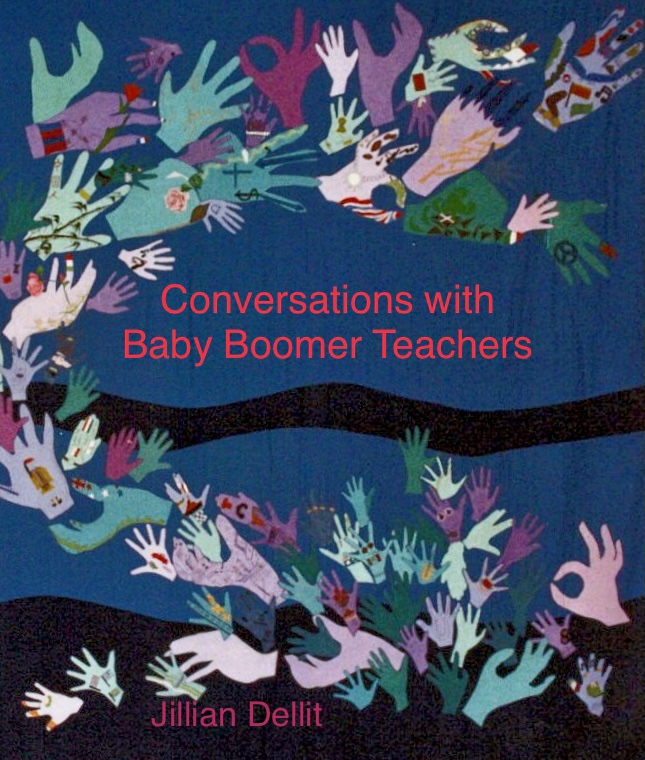When, in her High School in a country town in North East Victoria, Y2 was considered for a government bursary to help her finish high school, but bonding her to teach, the teacher in charge did not recommend her because “She can do better than teaching”.
Two years later, her matriculation results earned her two tertiary options – Arts at Latrobe University or a primary teacher training studentship in Melbourne. The Arts option meant dependence on her parents throughout the course, whereas the teaching studentship provided accommodation at a student hostel, her fees, textbook allowance and a living allowance. In taking up the teaching studentship she expected to work out her four-year bond. She was not thinking of teaching as a whole-of-life occupation.
In the hostel, and the course, she met people from all walks of life. After the first year, she moved into shared rental accommodation with a group of friends from the course. Her primary specialisation was Physical Education.
At the end of her course she was appointed to a school of around 600 students on the North-western edge of Melbourne. Many of the students were new arrivals – at that time mostly Vietnamese boat people. They were diligent, grateful students. As a PE teacher, Y2 had half an hour non-contact time a week.
In her second year of teaching she was allowed one day a week of in-service, provided by the Victorian Education Department PE Branch at Primary School No. 2365 in Queensbury St Carlton. For the first and last 6 weeks of each year, she and her fellow PE teachers were removed from schools to teach swimming full time to students from a range of schools. This was an important program to ensure all Victorian children learned to swim.
After three years of teaching she applied for leave to travel overseas, but was refused. A year later, at the end of her four-year bond, she resigned and travelled overseas for a year spending time in Northern Ireland, Malta, Europe and three months on a kibbutz in Israel.
On her return, she was reappointed to the same school as a PE teacher but left after a year for a small rural school. She continued in rural schools for just over a decade. For the last four of these years she was a rural school principal, teaching a 4/ 5 /6 class in addition to her leadership role.
Along the way she took 7 years family leave, returned to North Melbourne and, eventually, classroom teaching, part-time. She wanted time for her family, rather than eroding her family time with preparation. The principal of her new school suggested that a lot had happened while she had been out of the system and that she would need to take time to catch up. She regraded and took a pay drop.
It took her two weeks to catch up and, of course, she ended up doing leadership work anyway.
She loved the creativity of lesson planning, the adapting and recycling of lessons in different ways for different purposes and different students. She was, by now, interested in environmental science, and married to a biologist. The school shifted to a Science speciality.
She worked a three-day week and thought she had the best job in the world.
She took early retirement to support her parents. Her father was ill and her mother developing dementia. She continued to support her mother after her father died.
Reflection
Y2 has always regarded teaching as a creative outlet. She enjoyed it all. She was able to swap around – teaching different things, different levels, different students. There was always something new – and she always put her hand up.
Teaching shaped her politics. She was unaware, when she went to Teachers’ College, that female teachers were paid less than male teachers. Equal pay was introduced the next year, but she was astounded at the inequality. It was Teachers’ College that made her aware. Being there, with other female students, led to her, and others, taking a strong stand on inequality. Once she was teaching, it was obvious that men, regardless of ability or commitment, could expect to progress to promotion positions while women would be overlooked, discouraged or assumed to be disinterested or incapable.
This experience, as well as her early teaching of new arrivals, taught her to regard differences with respect and to cater for differences of all kinds. This perception has stood her in good stead both as a teacher and a citizen. Teachers are responsible for the learning of all students, and must find ways to make it happen for every child – to find and use the strength and interest of every child. This is a skill and perspective for all aspects of life.
She now does a lot of mosaic art and has been invited to small country schools to teach it. In one school, with a group of students with a range of behavioural and learning difficulties, the young classroom teacher later commented that she had learned so much watching how Y2 dealt with the children.
Training and experience are not enough. That ability to engage students has come from training, experience and reflection – most importantly – underpinned by a clear understanding of, and respect for, the capacity of every child to learn and the job of every teacher to make that happen.
Her grasp of disadvantage and discrimination appears to have been fundamental to her success.

